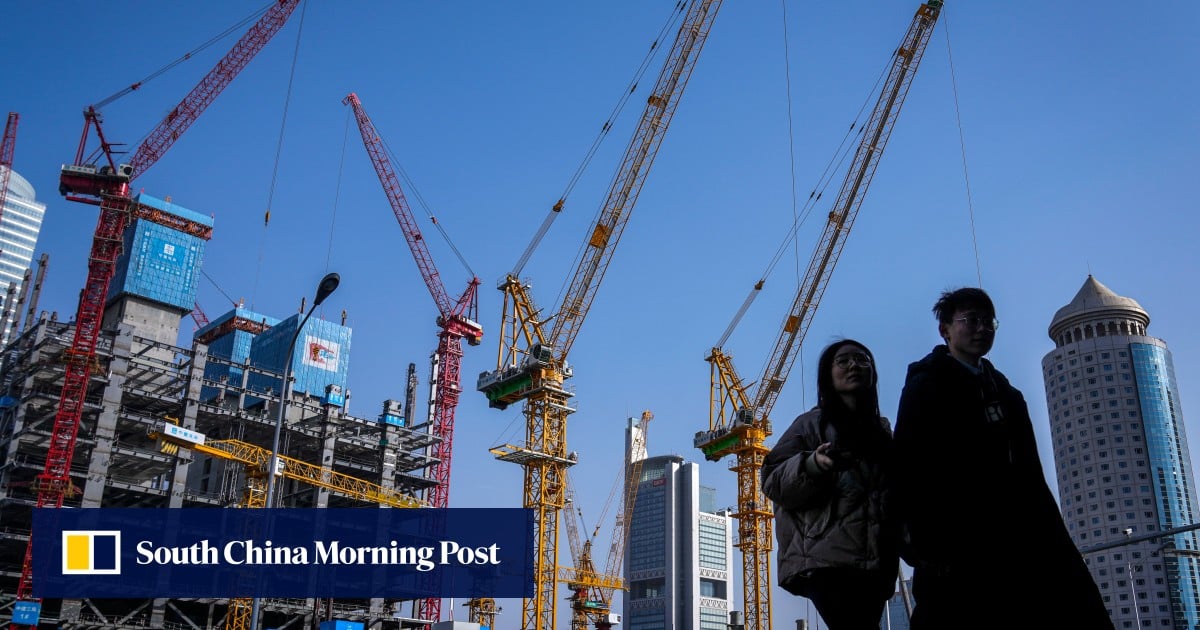


Prices of new homes in 70 medium and large cities fell 0.3 per cent from a month ago, following a 0.4 per cent sequential drop in February, the statistics bureau said in Beijing on Tuesday. They retreated 2.7 per cent from March last year, deepening from the 1.9 per cent annual pace in February, the bureau said.
Prices weakened in 57 of the cities surveyed by the government, versus 59 in February. In the secondary market, prices of existing homes fell in 69 of the 70 cities, versus 68 in February, the government said.
Chinese authorities stepped up efforts to revive the housing market at the start of the year, including injecting more funds for weak developers and cutting interest rates on home mortgages, with little success. More than 30 cities have introduced a “trade-in” scheme to liven up the market.
“The recovery pace is slower this year,” said Guan Rongxue, a senior analyst at Zhuge Real Estate Data Research Centre in Shanghai. “The trend is expected to extend into April but the rate of decline may narrow.”
The slump is likely to alarm policymakers and prompt a more aggressive response from Beijing. Goldman Sachs analysts this week said that there are “no signs yet of gaming-changing measures” and more than 15 trillion yuan (US$2.1 trillion) may be needed to fix three major problems plaguing the sector: weak funding, excess supply and national rebuilding.
China needs US$2.1 trillion to overcome housing market crisis, Goldman says
China’s top 100 developers by sales recorded combined sales of 779.2 billion yuan, a 47.5 per cent slump from a year earlier, according to data compiled by China Real Estate Information Corp.
“Despite several easing efforts, many property activity indicators have continued to worsen,” Goldman said in a report on April 14. “The housing sector has not yet reached the bottom of the L-shaped path we expect” and headwinds may remain strong in coming years, especially from lower-tier cities and cash-strapped private developers, it added.
Tuesday’s report showed new home prices in tier-1 cities slipped 0.1 per cent in March from February. Prices in Guangzhou and Shenzhen declined 0.7 per cent and 0.4 per cent respectively. Shanghai enjoyed a 0.5 per cent increase while prices were steady in Beijing.
In tier-2 and tier-3 cities, new home prices retreated 0.3 per cent and 0.4 per cent, respectively, matching the declines in February.
Existing home prices in tier-1 cities recorded a 0.7 per cent month-on-month drop, the statistics bureau said, with all four major cities showing declines of 0.3 per cent to 1 per cent. Cities in both tier-2 and tier-3 suffered a 0.5 per cent drop in the secondary market.
“The declines in the secondary market indicate fundamental imbalance in supply and demand,” said Yan Yuejin, director of the Shanghai-based E-house China Research and Development Institute. “Homeowners may need to offer big discounts to sell their units.”